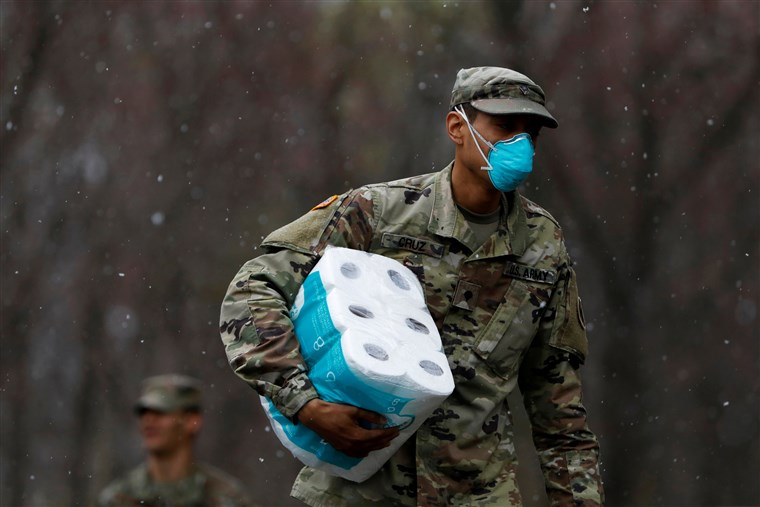Coronavirus and its spread – All you need to know
The rate of an epidemic depends on 2 points – the number of people each case infects and for how long it considers the infection to spread out from someone to the following. Each instance of Covid-19 contaminates an estimated 1.5 to 3.5 people; like flu, it seems to transmit relatively promptly, with around four days in between each case in a chain of transmission. This implies that outbreaks expand quickly as well as are challenging to stop. The majority of dispersing is done by people with symptoms – high temperature, dry coughing, tiredness and problem breathing – there is expanding evidence of stealth transmission by individuals that haven’t yet established signs, or never do. According to one recent study of data from China, at least 10% of infections derived from people who did not yet really feel ill.
Can you get it twice?
 Judging from various other coronavirus infections, as soon as a person has had the disease, they will usually be immune as well as will not obtain it once again, absolutely in the short term – although, again, we do not recognize, due to the fact that we don’t yet have an antibody examination one is expected shortly. Theoretically, one way to tackle the episode would be to let it rip through the population till supposed herd resistance is accumulated: once enough people are unsusceptible to an infection, it will stop spreading. Principal scientific advisor Patrick Valance appeared to suggest that this would certainly be the official plan last week, however the Government has because rowed back: it would entail substantial loss of life. As with flu, the immunity might not be irreversible: antibodies damage with time, and also infections alter.
Judging from various other coronavirus infections, as soon as a person has had the disease, they will usually be immune as well as will not obtain it once again, absolutely in the short term – although, again, we do not recognize, due to the fact that we don’t yet have an antibody examination one is expected shortly. Theoretically, one way to tackle the episode would be to let it rip through the population till supposed herd resistance is accumulated: once enough people are unsusceptible to an infection, it will stop spreading. Principal scientific advisor Patrick Valance appeared to suggest that this would certainly be the official plan last week, however the Government has because rowed back: it would entail substantial loss of life. As with flu, the immunity might not be irreversible: antibodies damage with time, and also infections alter.
How dangerous is the virus?
Most likely in between 0.5% and also 2% of individuals contaminated die, however we simply do not know. The coronavirus death toll. is a figure gotten to by monitoring multitudes over the course of a condition and also splitting. On-the-hoof price quotes, like the World Health Organisation’s 3.4%, are most likely extremely wrong: they are based on severe situations, when mild infections go unreported. China’s stats suggest a shockingly high death price of 14.8% for people 80 or older; but just 0.2% of those aged 10-19; and none in any way for the under-tens. Italy’s casualty rate is thought to have actually been so high – at the very least 5% – due to the fact that it has the earliest population in Europe, as well as because its hospitals were overwhelmed.
